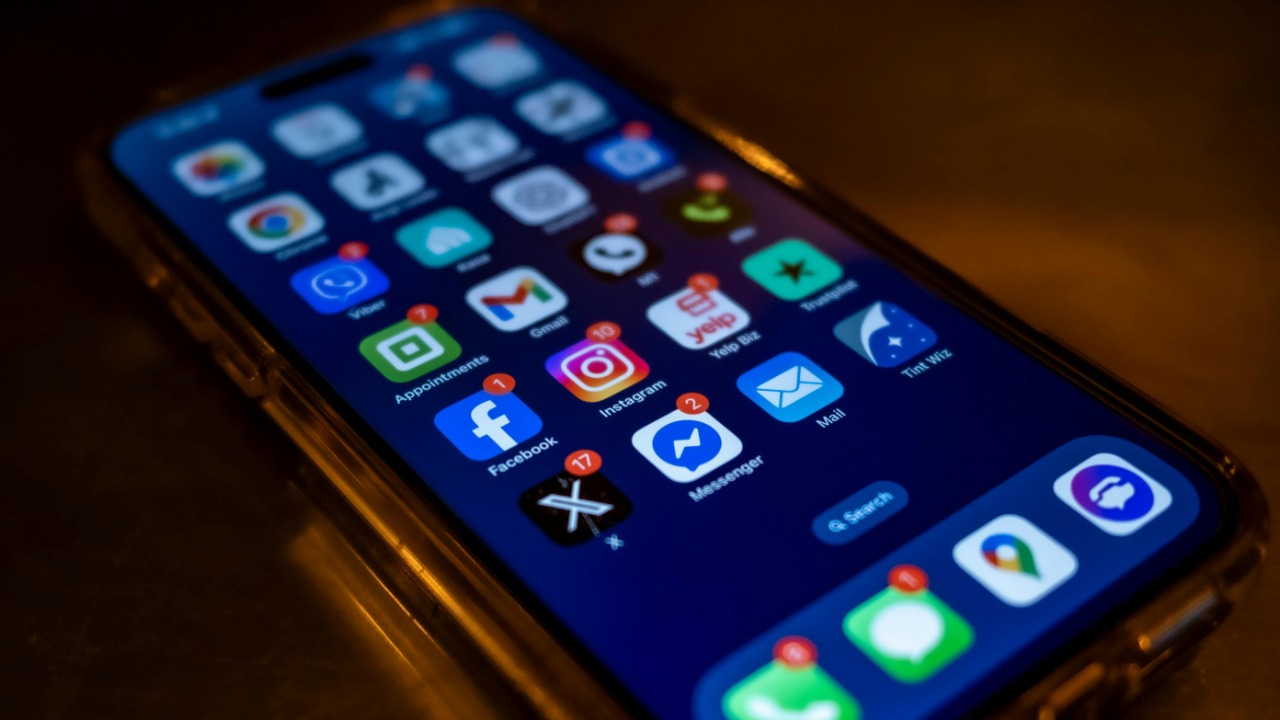
In a world where speed is everything, your phone’s performance can make or break your day. Discover a hidden setting that can double your phone’s speed, giving you a smoother, more efficient user experience. Unveil the secret to optimizing your phone’s performance, allowing you to navigate your digital life with ease.
Understanding Your Phone’s Performance

When it comes to your phone’s speed, several key factors play a significant role. The amount of RAM, processor speed, and the frequency of software updates can greatly influence how efficiently your device operates. For instance, a phone with 8GB of RAM and an octa-core processor will likely run applications more smoothly compared to a device with 2GB of RAM and a dual-core processor. Additionally, keeping your software up to date ensures that your phone benefits from the latest security patches and performance enhancements, which can be crucial for maintaining optimal speed.
Another aspect to consider is the impact of background apps and processes. Many users are unaware that apps running in the background can consume valuable system resources, slowing down the overall performance of their phones. For example, social media apps like Facebook and Instagram tend to update frequently in the background, using up both data and processing power. By managing these background processes, you can free up resources, allowing your phone to run more efficiently.
There are also several misconceptions about phone performance that deserve clarification. Battery-saving apps, for example, are often believed to enhance speed by killing background tasks. However, these apps can sometimes do more harm than good, as they may close essential system processes, leading to instability and slower performance. Similarly, many users think that having ample storage space automatically equates to better performance. While it’s true that a phone with more free storage can run better, the relationship between storage space and performance is more complex. It’s not just about how much space is available but also about how efficiently that space is managed.
Finding the Hidden Setting

To unlock your phone’s potential, you first need to access the developer options. This setting is not immediately visible, as it is intended for advanced users. On Android devices, you can enable developer options by going to Settings, selecting About Phone, and tapping the Build Number seven times. For iOS devices, the process is slightly different and may require you to install a profile from Apple’s developer website. It’s crucial to proceed with caution, as making the wrong changes in developer options can negatively impact your device’s functionality.
Once you’ve accessed developer options, there are specific settings you can adjust to enhance your phone’s speed. One of the most effective changes is reducing the animation scales. By default, Android and iOS use animations to transition between apps and screens, which can be visually pleasing but also slow down performance. Lowering the animation scale or turning it off can make your phone feel snappier. Additionally, limiting the number of background processes can free up resources, allowing your device to allocate more power to active tasks. However, it’s important to test these settings to ensure they don’t interfere with the functionality of your apps.
Maximizing Speed Without Sacrificing Functionality

While boosting your phone’s speed is appealing, it’s essential to balance this with battery life. Faster performance often requires more power, which can lead to faster battery drain. To counter this, you can employ strategies such as reducing screen brightness, using battery-saving modes, and managing location services. These small adjustments can help maintain battery health while still enjoying a speedier phone.
Ensuring app compatibility is another critical aspect of optimizing phone performance. Some apps may not function correctly if certain developer settings are changed. For instance, reducing background processes might cause apps that rely on real-time data, like Google Maps, to perform poorly. To avoid this, it’s advisable to test your device after making changes. You can start by adjusting one setting at a time and observing any differences in app behavior. If an app starts malfunctioning, you can easily revert the changes to restore its functionality.
Additional Tips for Maintaining Optimal Performance

In addition to adjusting developer settings, regular maintenance practices can significantly impact your phone’s performance. Keeping your software updated is crucial, as updates often include bug fixes and performance improvements. Moreover, clearing your cache regularly can prevent apps from becoming sluggish and unresponsive. Uninstalling unused apps and files is another effective way to free up resources and improve speed. For instance, deleting old photos and videos or removing apps like Spotify that you no longer use can provide a noticeable boost to your phone’s performance.
As technology continues to evolve, embracing new advancements can further enhance your phone’s capabilities. Emerging technologies such as 5G networks and AI-driven optimizations are designed to offer substantial improvements in speed and efficiency. The potential of 5G to provide faster internet speeds can transform how we use our devices, especially for data-intensive tasks like streaming and gaming. Similarly, AI features that learn your usage patterns can help optimize performance by allocating resources where they’re needed most.
Real-World Benefits of a Faster Phone

Having a faster phone can lead to improved productivity in various aspects of daily life. A device that responds quickly allows you to streamline tasks, whether you’re managing emails, conducting video calls, or multitasking between apps. For instance, if you’re a digital nomad working on the go, a speedier phone can make the difference between completing tasks efficiently and facing frustrating delays. Gaming enthusiasts can also benefit from increased speed, as it ensures smoother gameplay and reduced lag, enhancing the overall gaming experience.
The user experience is greatly enhanced when your phone operates at optimal speed. A device that performs well ensures user satisfaction and enjoyment, making interactions more seamless and intuitive. Consider testimonials from users who have experienced significant improvements after optimizing their phone settings. One user noted that after reducing animation scales and limiting background processes, their phone felt “like a new device,” allowing them to multitask with ease and enjoy a more responsive interface.
Ultimately, by understanding and making the most of the hidden settings available on your phone, you can unlock a level of performance that enhances both productivity and user satisfaction. Whether it’s for personal use or professional tasks, a faster phone can be a game-changer in today’s fast-paced digital world.